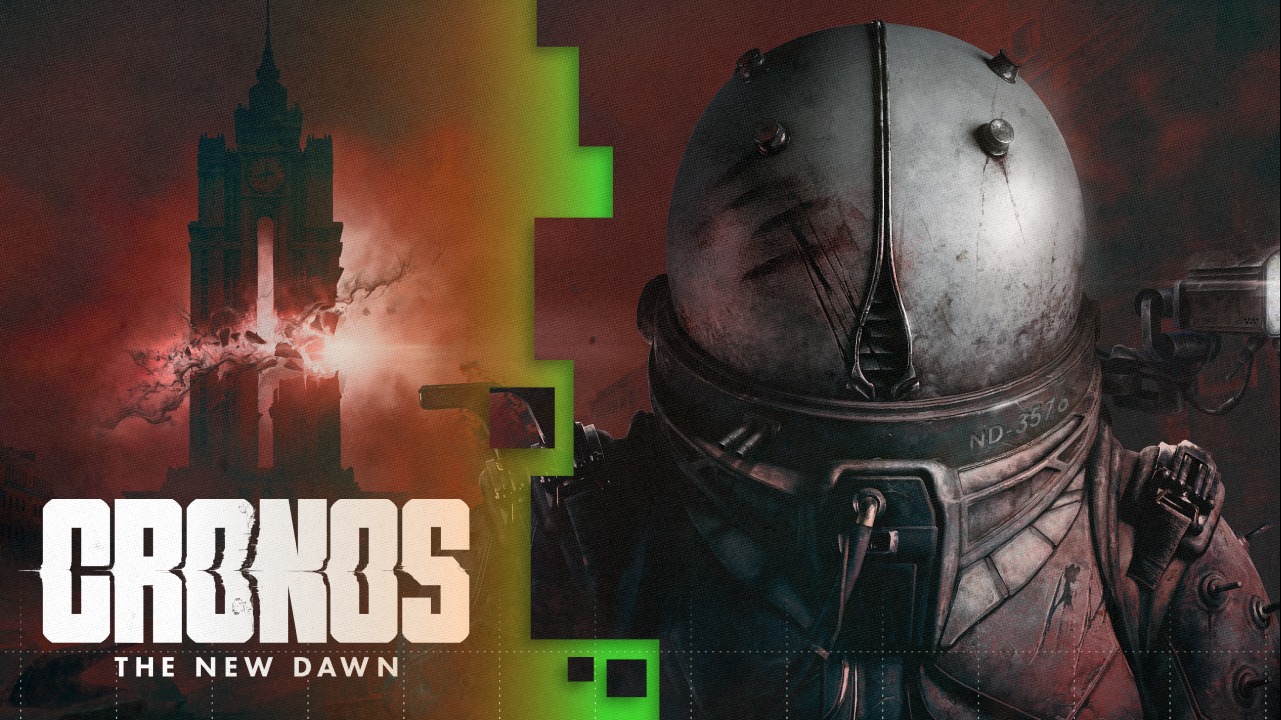We’ve got some juicy PlayStation 6 details for everyone here today, and though these might be subject to change when the console finally gets released, Sony was still gracious enough to keep everybody in the loop.
Sony’s next-gen systems—the PlayStation 6 home console and its rumored handheld companion—are drawing plenty of attention. While PlayStation isn’t exactly a stranger to handheld devices, we are curious as to what this new companion console might look, feel, and function like.
It’s time to get those pens and papers out so you can take some notes (or just bookmark this article) because we’re about to give y’all a comprehensive look at the information we’re aware of for PlayStation 6, thus far!
1. DualConsole Vision: Home and Handheld
Rumors suggest Sony is developing not just a home console but also a full-fledged handheld version of the PS6—not just another streaming accessory.
Unlike the 2023 PS Portal, which relied on streaming, the handheld would feature its own processing power, enabling local game playback and tighter ecosystem integration.
2. Advanced Chip Architecture
Industry insiders, notably “Kepler_L2,” indicate the handheld will use a new system-on-chip built on a 3nm process and capped at approximately 15W.
It reportedly contains 28–32 compute units (CUs), compared to the PS5’s 36—suggesting they’re trading off-peak power for battery efficiency. That’s a key PlayStation 6 details insight: it may not match PS5 performance, but it’s optimized for portability.
3. PlayStation 6 Performance Expectations
Leakers suggest that the handheld may offer comparable raw power to the PS4 and PS4 Pro. Expect native PS4-tier games locally, with newer PS5 titles available via more robust streaming.
Combined with a local-play hybrid model, this could balance performance and battery life—a smart design choice given the constraints of handheld thermals and power.
4. Release Window & Console Cycle
Sony tends to release a new console every seven years, with PS5 launching in 2020. The PS6 is predicted to arrive around 2027 and 2028. That situates these as the most likely windows for release given Sony’s historical cadence.
5. PS6 Handheld vs. Switch 2 & Steam Deck Rivals
Steam Deck 2 is also becoming an imminent release, since Nintendo is set to reveal the Switch 2 in June 2025, a device that promises major power upgrades.
Sony’s handheld is aiming to match or exceed Switch 2’s feature set while delivering native PlayStation fidelity. It would deliver PS4 level performance locally while streaming would enable VR-esque graphics when docked or online.
6. Developer & Ecosystem Implications
Unlike Microsoft’s Series S strategy—where developers target lower specs—Sony’s ecosystem lacks official “performance profile” versions of PS5 or PS6 titles at launch.
That means porting games to handheld will require developer effort, not just scaling down resolution. While this raises questions about the launch library, Sony may aim to push system exclusive games first and streamline dev workflows later.
7. Strategic Positioning in the Market
Sony is obviously reacting to the popularity of handheld gaming. With Valve, MSI, Asus, Lenovo, and Microsoft pushing into portable gaming, Sony wants a slice of action. The move bets on loyal fans wanting premium PlayStation experiences on the go—without the confusion of PC handheld settings or limited streaming options.
8. How Power vs. Portability Plays Out
The core PlayStation 6 details revolve around balancing performance and form factor. Limiting the compute units to 28–32 means missing PS5 parity, but efficiency gains and clever hybrid use could deliver 1080p gameplay at 60fps with a solid battery life estimated at 5–8 hours per charge.
Sony is betting on optimization and a user friendly interface to win over casual gamers.
9. Cloud Streaming as a Safety Net
Streaming has two purposes: it may support expensive PS5/PS6 blockbusters and act as a backup when hardware reaches its limits. By combining onboard chips for classics and future-gen streaming, Sony maximizes flexibility while managing production costs and energy constraints.
10. Potential Challenges Ahead for PS6
Developer burden: Games may need multiple versions—PS6 home, PS6 handheld, PS5 streaming—each requiring specific tuning. Library limitations: If launch titles lag behind handheld capabilities, early adopters may feel shortchanged.
Price considerations: Competing with $449 Switch 2 and sub-$500 Steam Deck means Sony must hit a sweet spot around $399–499 for its handheld—or risk undercutting its own home console pricing.
The Dual Hardware Release Strategy
Sony is making a strategic pivot toward dual hardware releases: a powerful home console and a savvy, portable handheld. The PlayStation details we have pointed toward a hybrid architecture that sacrifices some graphical brute force in favor of energy efficiency and user convenience.
With an anticipated 2027–2028 debut, Sony is obviously trying to capitalize on its excellent exclusive lineup and devoted customer base in order to meet the growing demand for portable devices.
That said, the success of these devices will hinge on compelling launch titles, battery life, developer alignment, and competitive pricing. The handheld must feel like more than a niche streamer—it must offer native PlayStation prestige in your pocket.
The Bottom Line on PlayStation 6 Details
In the meantime, the home PS6 needs to make a generational leap that is commensurate with the venerable PlayStation name. But what do y’all think? Will the PlayStation 6 be worth it once it is released? Let us know in the comments section!
Be sure to read our other news articles to keep up with what’s hot and what’s not in the gaming world. We made a cool Phasmophobia ghost tier list that you might be interested in, as well, so do check it out. Stay tuned and catch the gaming current with GameEels!








